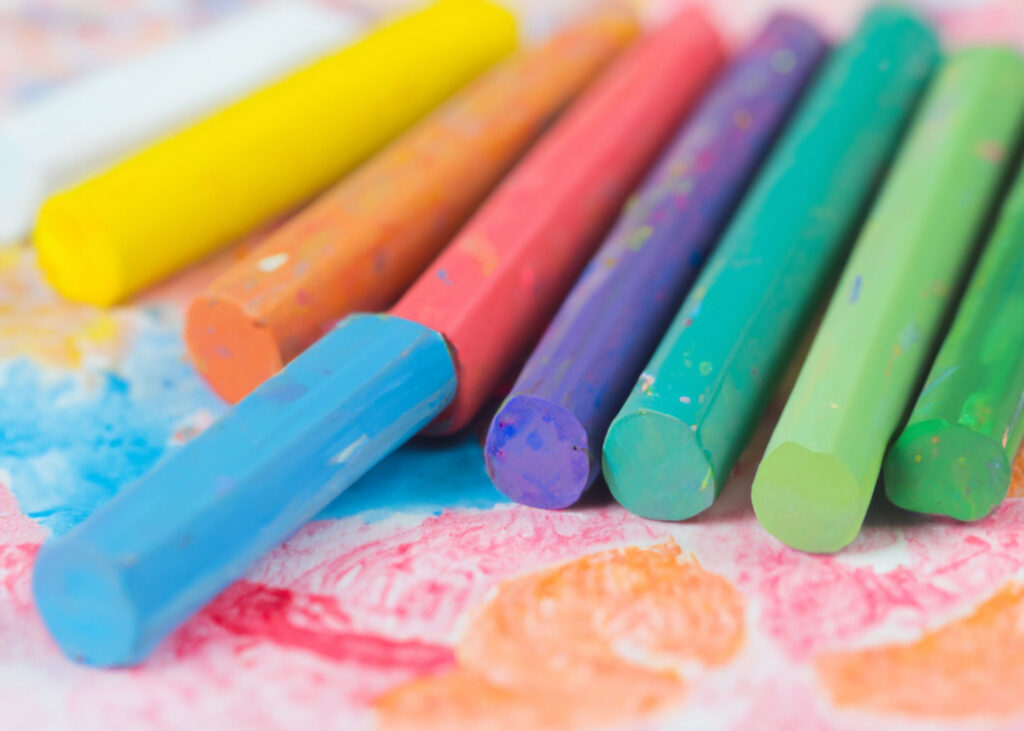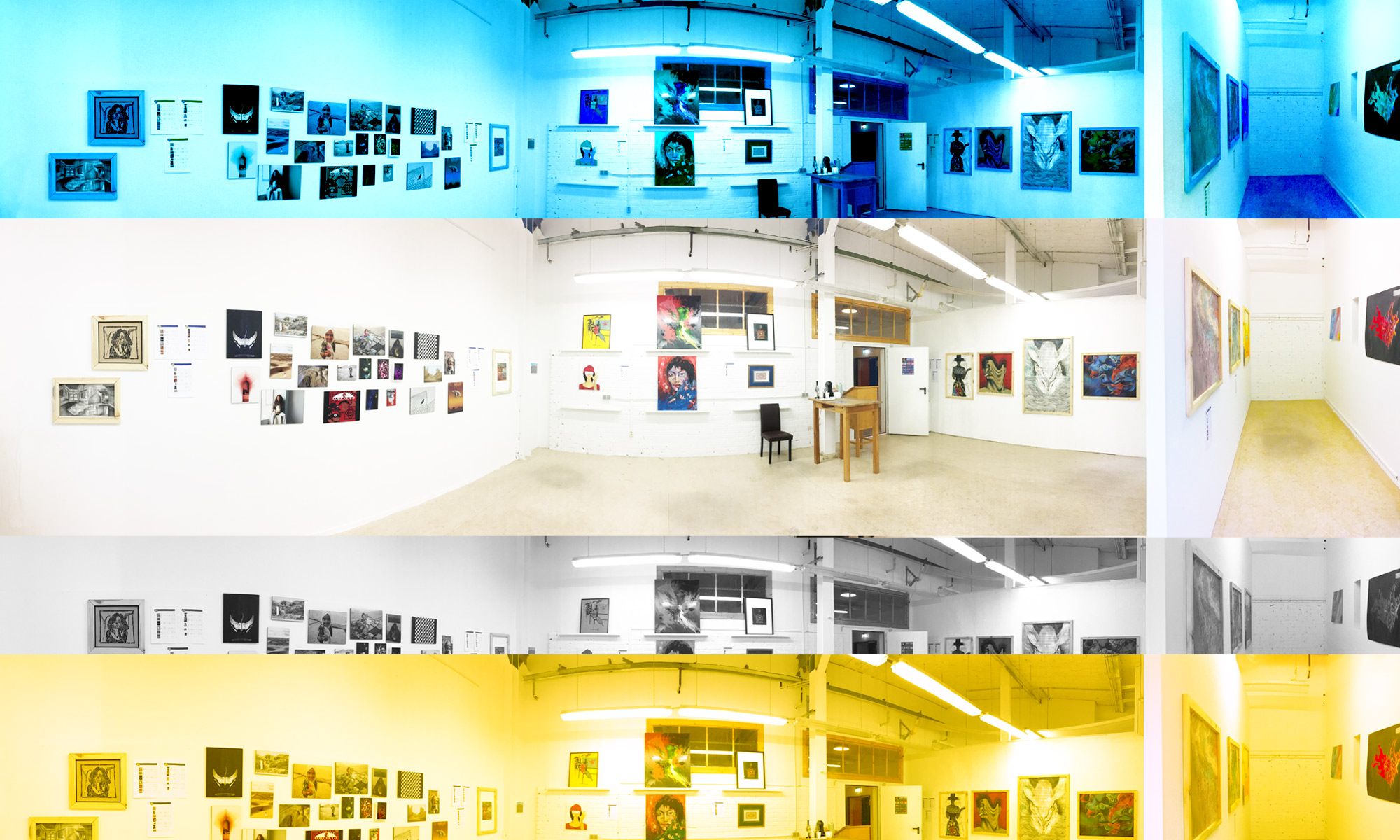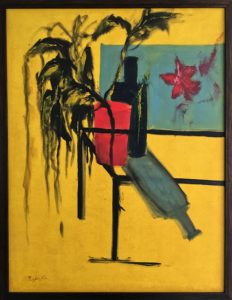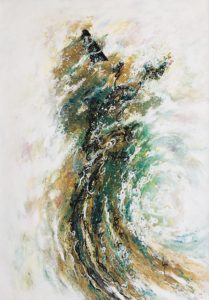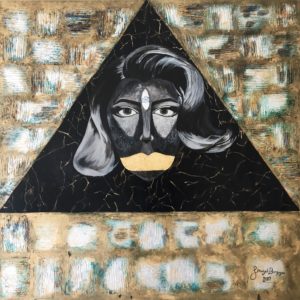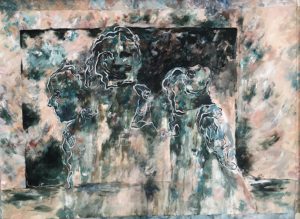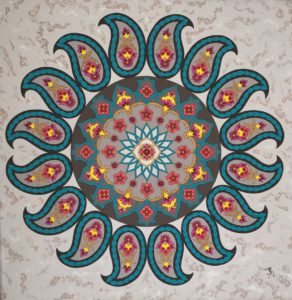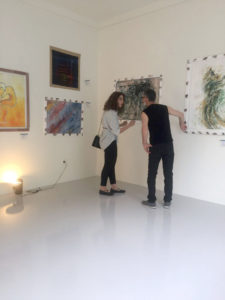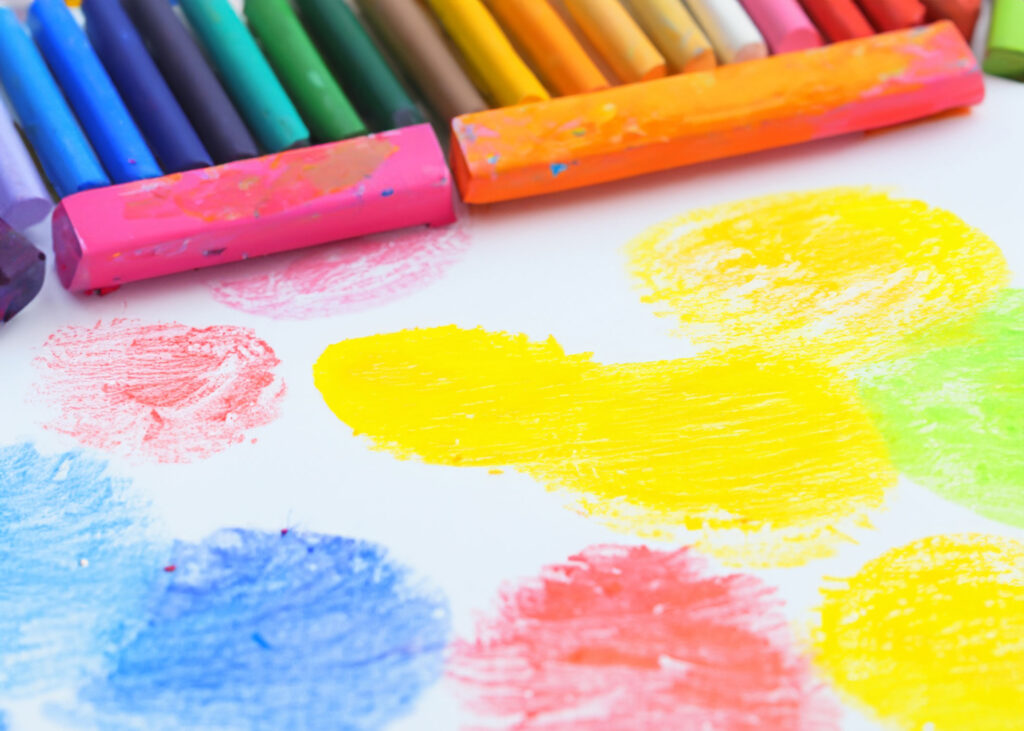
Indulge in a moment of nostalgia, recalling the tactile thrill of chalk scratching across a blackboard or the whimsical delight of sketching with chalk on a sunlit sidewalk. Have you ever experienced that exhilarating rush of transgression while wielding pastels—whether the dusty dry sticks or the rich and creamy oil pastels—where the world of art invites you to blur boundaries and embrace uncharted realms?
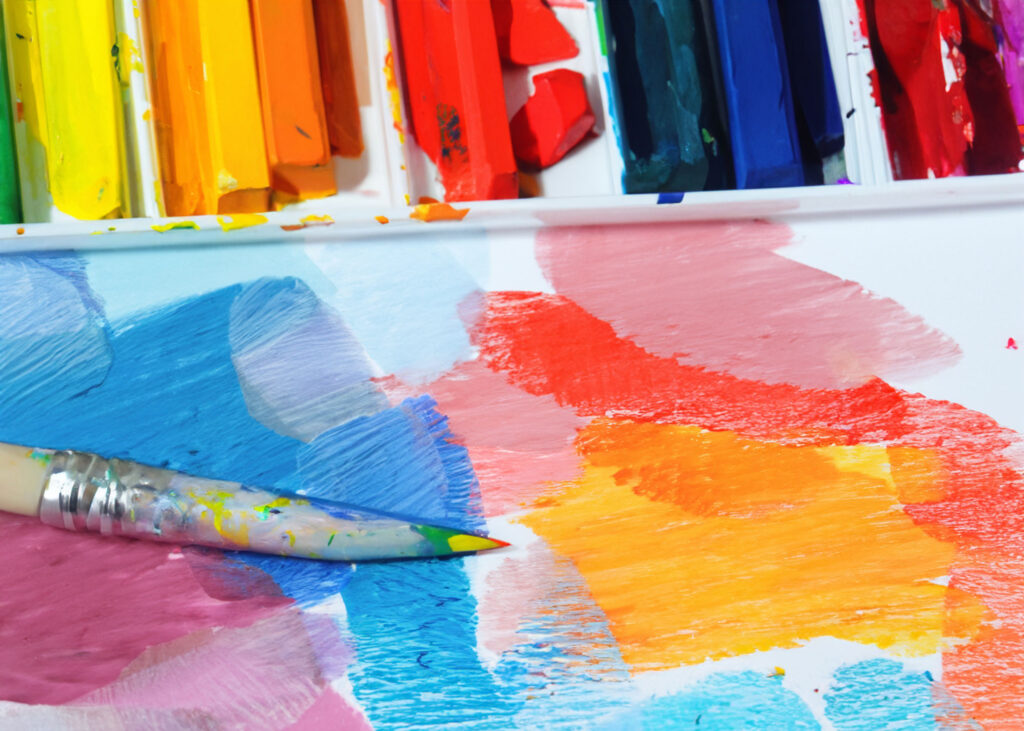
Let’s venture into the captivating realm of pastels, a medium that unveils a breathtaking spectrum of colors and textures, a canvas where your imagination can take flight. Pastels, with their alluring array of shades, stand as a steadfast companion against the daunting expanse of an untouched canvas. The oil-based pastels, revered for their water-resistant nature, weave seamlessly with ink, each stroke echoing a harmonious duet. Contrastingly, the powdery dry pastels beckon you to shed inhibition and delve into a world of tactile play, allowing the medium’s texture to guide your creative expression.
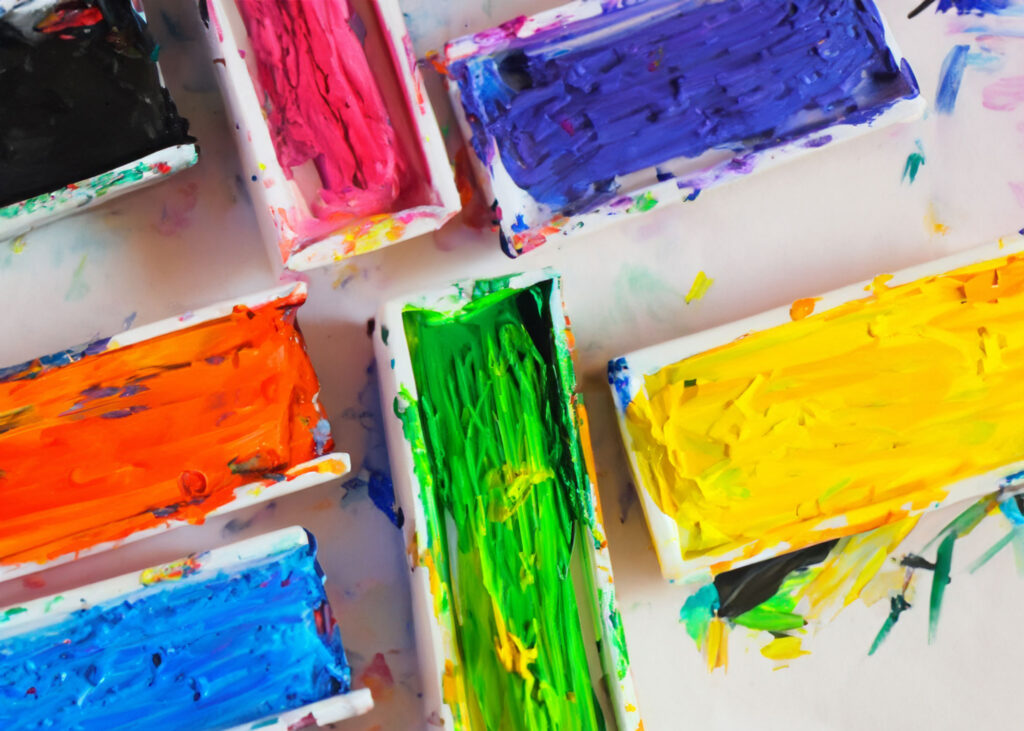
Upon completing your pastel masterpiece, the notion of preserving its brilliance becomes paramount. Enter the fixative—an alchemical solution to keep the colors vibrant and unblemished. An unexpected yet cost-effective fixative option lies in the realm of shoe varnish, offering a whimsical twist to the preservation process. But the journey of pastels doesn’t cease at ink; their chemistry with water births enchanting results. As water interacts with the textured pastels, a captivating dance ensues, imbuing your artwork with an emotive depth that defies convention. Now, let’s acquaint ourselves with a selection of distinguished pastel brands, each a gateway to artistic enchantment.
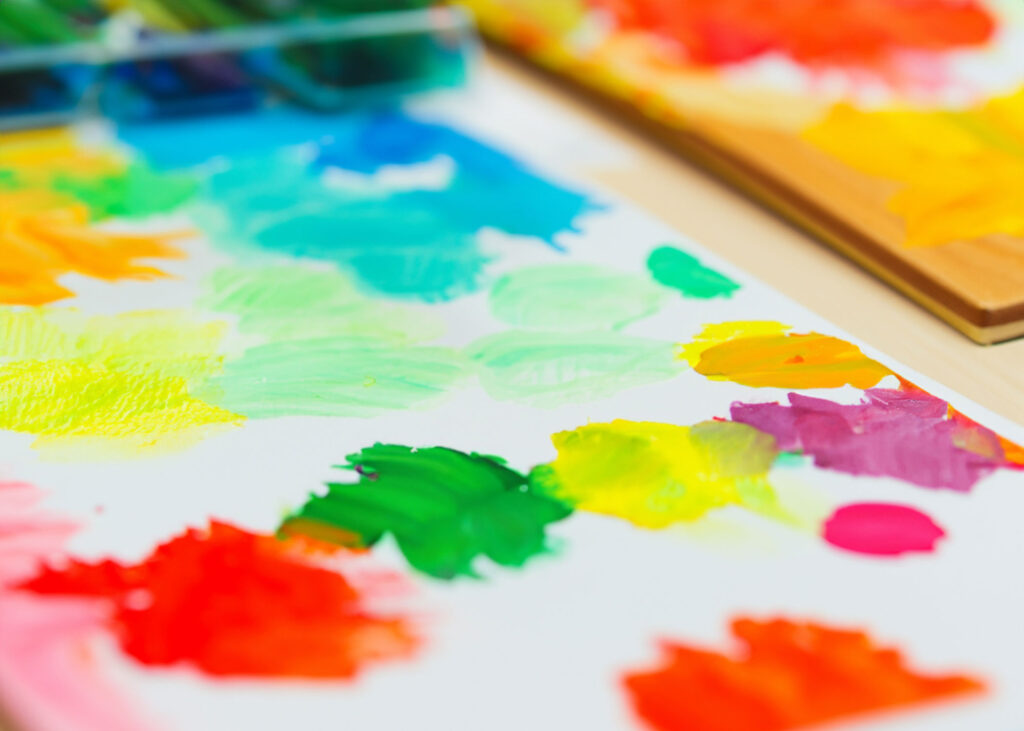
Beyond the realm of ink, pastels exhibit a harmonious companionship with colored pencils, oil paints, and acrylics. The black pastels, a symphony of hardness levels, from the gentlest whispers to the boldest strokes, wield the power to transform your canvas. Cast aside the fear of messiness, for pastels encourage the liberation from the relentless pursuit of perfection, fostering an embrace of creative authenticity.
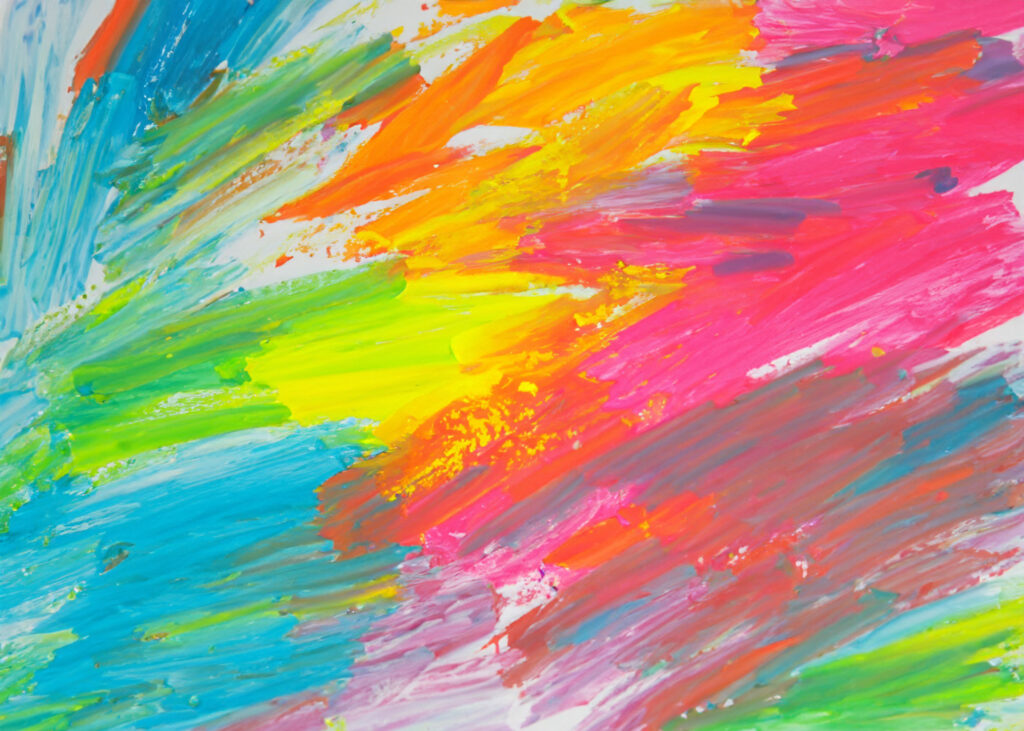
Furthermore, it’s intriguing to note that pastels coalesce seamlessly with the world of watercolors, creating a symphony of hues that inspire awe.
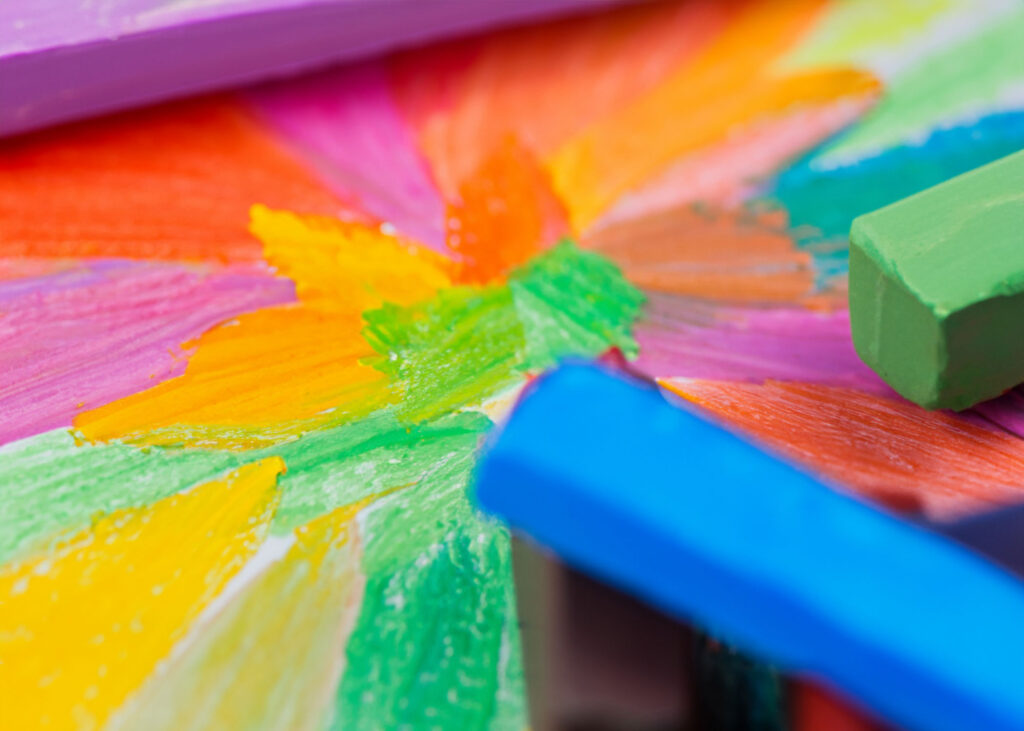
For me, the allure of pastels resides in their ability to conjure an artistic experience unparalleled in the realm of creative expression. Through pastels, you become the maestro of texture and depth, your work infused with a vibrancy that demands attention. Furthermore, the tactile communion with pastels imparts a distinct gratification, a sensory dance that sets them apart from other mediums.
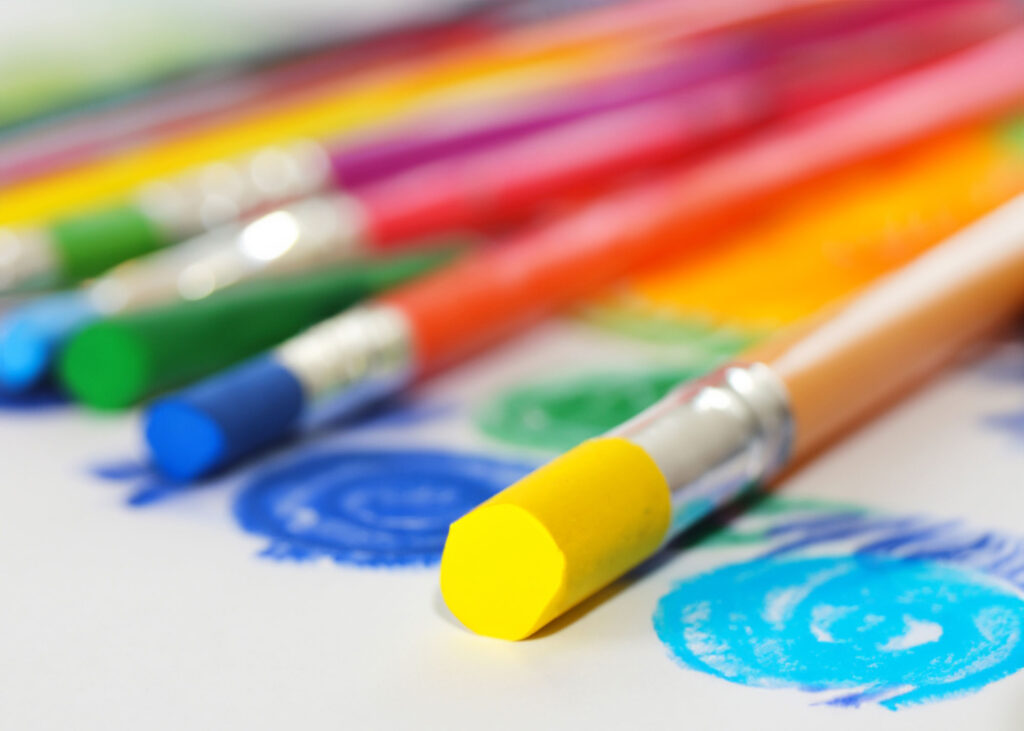
In closing, pastels stand as an invitation, a doorway into a realm where creativity knows no bounds. Irrespective of your artistic journey’s stage, pastels extend their embrace, offering a canvas where inspiration blossoms and joy finds its voice. Explore their versatility, celebrate their texture, and let the symphony of pastels be your artistic muse.

Starting to paint with pastels can be a rewarding and enjoyable artistic endeavor. Here’s a step-by-step guide to help you get started:
1. Gather Your Supplies:
First, make sure you have the necessary supplies. You’ll need a set of pastels (either chalk pastels or oil pastels), pastel paper or a textured surface suitable for pastels, fixative (to prevent smudging), and any additional tools you might want to use (blending tools, cotton swabs, etc.).
2. Choose Your Pastels:
If you’re new to pastels, consider starting with a basic set of colors to get comfortable with the medium. As you gain experience, you can gradually expand your color palette.
3. Set Up Your Workspace:
Find a well-lit and well-ventilated area to work in. Pastels can create dust, so having good ventilation is important. Lay down a protective covering to catch any dust or pastel particles.
4. Prepare Your Surface:
Use pastel paper or a surface specifically designed for pastels. The texture of the surface helps the pastels adhere better. Some surfaces might require priming with a fixative or even a thin layer of acrylic paint before applying pastels.
5. Choose Your Subject:
Decide what you want to paint. You can work from a reference photo, a still life setup, or your imagination. It’s a good idea to start with something simple and gradually progress to more complex subjects as you become more comfortable with the medium.
6. Sketch Your Composition:
Lightly sketch the basic outlines of your subject on the paper. You can use a pencil, but be gentle to avoid leaving visible marks that might mix with the pastels.
7. Layering Colors:
Start layering your pastels on the paper. Begin with light colors and gradually build up to darker ones. Blend the colors by layering them and using your fingers, blending tools, or even a cotton swab. Experiment with layering and blending to achieve different effects.
8. Create Depth and Texture:
Use different colors and strokes to create depth and texture in your artwork. Experiment with various techniques, such as hatching, cross-hatching, stippling, and smudging, to achieve different effects.
9. Fixative Application:
Once your artwork is complete, apply a fixative to protect it from smudging. Follow the manufacturer’s instructions for applying the fixative and allow it to dry completely before handling the artwork.
10. Explore and Experiment:
Don’t be afraid to experiment and explore different techniques. Pastels offer a wide range of possibilities, from delicate blends to bold strokes. With practice, you’ll develop your own style and discover what works best for you.
Remember, painting with pastels is about enjoying the process and embracing the unique qualities of the medium. As you practice and gain experience, you’ll find your confidence growing, and your artistic skills will evolve.
